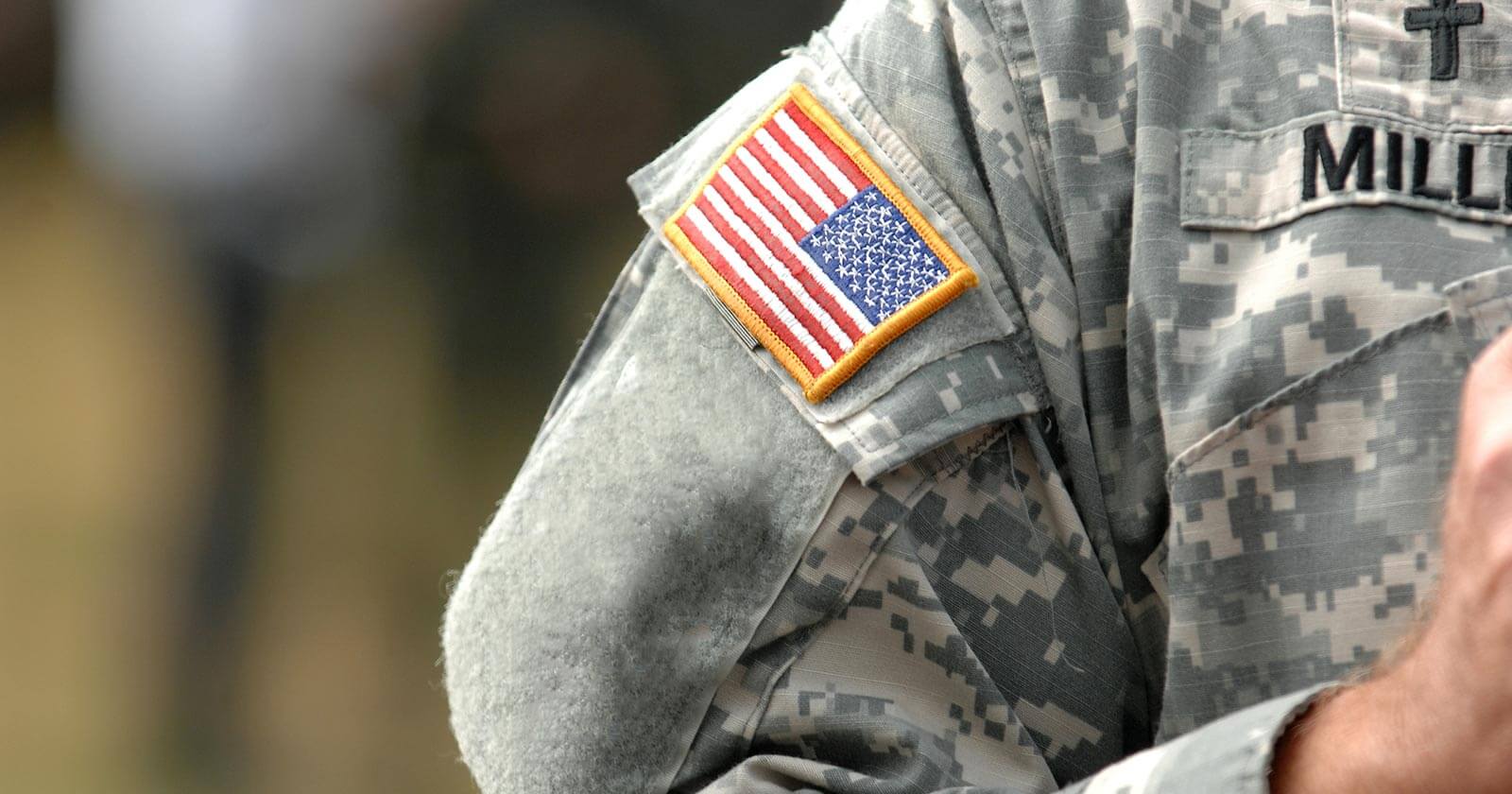Austin, TX – The Travis County (Austin), Texas, Veterans Court is a pretrial diversion program for veterans charged with non-violent, misdemeanor offenses that may be related to post-traumatic stress disorder (PTSD) or other mental health problems resulting from their military service. The program utilizes the Drug Court model to offer veterans an opportunity to receive treatment and assistance instead of prosecution and a criminal conviction.
Participants are assessed for psychological, chemical dependency, and other issues that can be addressed through various types of treatment and supportive services. The Court helps veterans complete their treatment to manage their emotional issues and overcome their dependence on alcohol and/or other drugs. The court may also assist veterans with obtaining employment, education, health, and housing services.
The Travis County Veterans Court utilizes a non-adversarial approach with a team comprised of the judge, defense attorney, prosecutor, program manager, and a Veterans Administration outreach specialist. They all work together with the veteran to guide him/her toward successfully attaining goals. The program manager develops a Strategic Action Plan and the veteran is provided with requisite referrals for services to complete the Action Plan. The court monitors and reinforces the veteran’s progress, and once the objectives are successfully met, the case is dismissed from prosecution.
Travis County works with Dallas-based Recovery Healthcare to manage the SCRAM CAM Program. Recovery works closely with courts throughout Texas and Oklahoma to integrate CAM 24/7 monitoring into treatment-based programs for offenders.
How is SCRAM CAM Being Used?
- With only one exception, every veteran admitted into the Veterans Court since its inception has been diagnosed with a substance abuse or dependence problem
- All participants with an alcohol abuse or dependence diagnosis are required to wear SCRAM Continuous Alcohol Monitoring (CAM) for a minimum of 30 and up to 180 days
- Participants with a Class B DWI with a BAC under 0.15 wear SCRAM CAM for 30 days
- Class A DWIs at 0.15 BAC or higher require SCRAM CAM for 6 months
- All second and subsequence offenses require SCRAM CAM monitoring for 6 months
Outcomes
The program takes 12 to 24 months to complete. Each participant is connected with VA services and other benefits that are aimed at reducing the risk of injury to the vet and others and to support their transition back to civilian life. To date, none of the program’s graduates have been rearrested.

